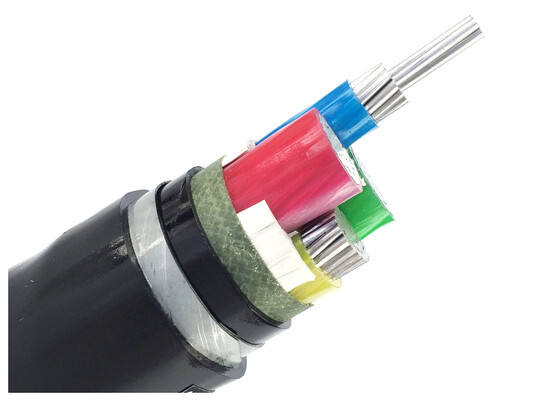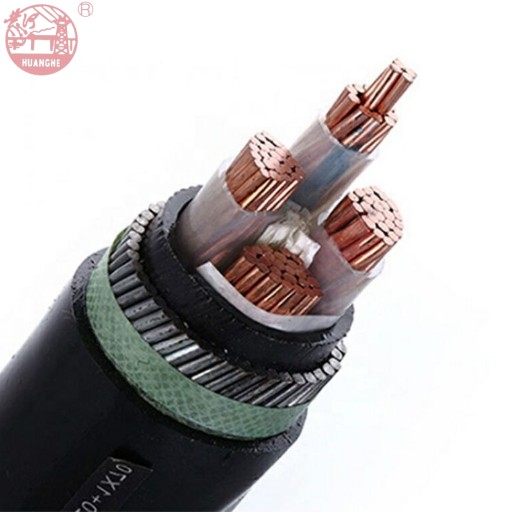News
In harsh electrical installation environments—whether underground, under heavy pressure, or exposed to potential mechanical damage—ordinary cables appear fragile. In such scenarios, Armored Cables become an indispensable choice. However, not all armorings are the same. Among them, Steel Tape Armored (STA) and Steel Wire Armored (SWA) are the two main types, each with distinct performance and application scenarios.
Making the wrong choice can increase costs lightly or lead to system failures heavily. This article delves deep into their differences and provides you with a clear selection guide to ensure that your next project stands firm as a rock.


Core Difference: Fundamental Variations in Structure and Physical Characteristics.To understand their performance differences, one must first grasp their physical structures.
Simple Metaphor:
STA (Steel Tape Armored) is like a "tin can," highly crush-resistant, but not easily bendable and not suitable for pulling.
SWA (Steel Wire Armored) is like a "metal rope," highly tensile, relatively flexible, bendable, but not as crush-resistant as a tin can.
How to Make the Right Selection: Application Scenarios Determine Everything.Based on the fundamental differences mentioned above, we can draw clear selection conclusions.
Choose Steel Tape Armored (STA) when your primary tasks include:
Direct burial installation: This is the classic application scenario for STA. The pressure mainly comes from crushing and squeezing due to soil, backfill stones, and potential ground pressures (like passing vehicles), for which STA provides optimal protection.
Bearing immense static pressure: For instance, laying cables under heavy equipment, crossing roads, or railway foundations.
Prevention of rodent bites: The hard steel tape can effectively resist nibbling from rodents and other animals.
Cost-sensitive installations with no tension requirements: Usually, STA cables are slightly cheaper than SWA.
Choose Steel Wire Armored (SWA) when your project involves:
Vertical or steep slope installation: In high-rise buildings, mines, vertical shafts, the cable needs to bear its enormous weight. The steel wires inside SWA can effectively share this tension, preventing the cable from breaking due to its weight.
Situations requiring withstanding tension: Such as laying on bridges, underwater cables, or when installing with traction over long distances on cable trays.
Requirements for bend flexibility: If there are many bends in the installation path, SWA's better flexibility makes it easier to install.
Situations with slight dynamic tension: For example, cables used on moving equipment (like large excavators), commonly known as "mining cables" or "track cables," use steel wire armoring to enhance tensile and torsional resistance.
Recommendation:
Before making a choice, it is essential to communicate with your cable supplier or project engineer, detailing the installation environment, types of mechanical stress, and electrical requirements. Correct selection not only ensures the system operates safely and reliably for decades but also saves you maintenance and replacement costs in the long run. Investing in the right protection is investing in lasting peace of mind.

